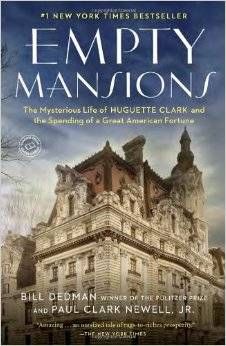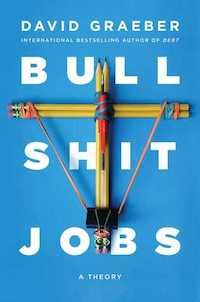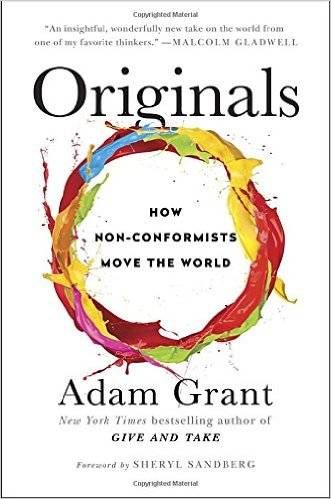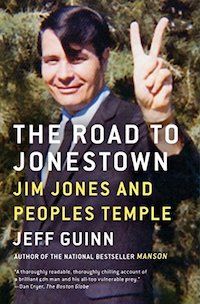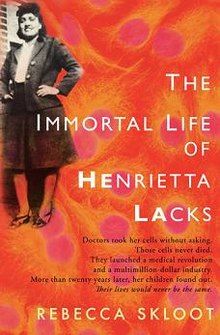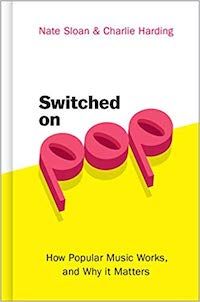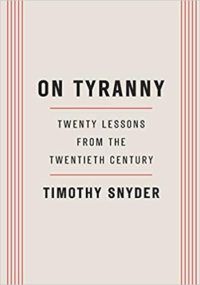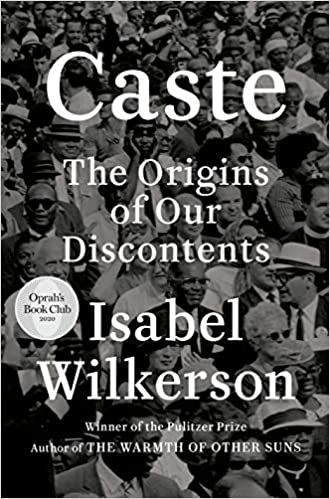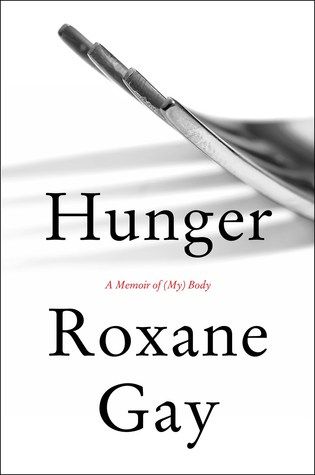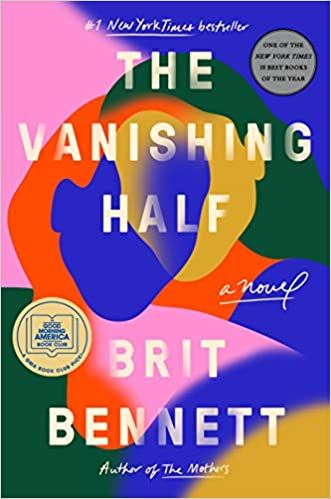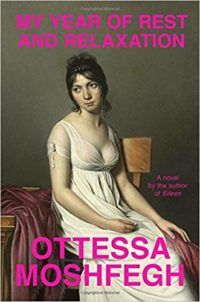
25 of the Best Thought-Provoking Books
Books do many things for us. They make us laugh, make us cry, scare the pants off of us, or teach us a new skill. But the best books make us think. The books that stay with us over the course of our lives are thought-provoking books.
What exactly makes a book “thought-provoking”? Modernist works, such as Gertrude Stein’s Tender Buttons, are thought-provoking in their opacity. Archaic language can add to the thought-provoking nature of a book; William Blake’s poetry is an excellent example of works that are thought-provoking for their content, syntax, and age. Thought-provoking books can also be labelled as such due to their intricate plots or large number of characters. The 7 1/2 Deaths of Evelyn Hardcastle practically requires a bulletin board and red string to read.
For the purposes of this list, the books chosen are thought-provoking for their content, rather than their style of prose or intellectual difficulty (in other words: read Ulysses on your own time). From a reclusive heiress to a pair of twins whose lives take shockingly divergent paths, you’ll be ruminating on these thought-provoking books long after you finish them.
Thought-Provoking Books: Nonfiction
Brotopia by Emily Chang
It’s no secret that Silicon Valley is a boys club. Even its most infamous female citizen (Elizabeth Holmes) lowered her voice and dressed like Steve Jobs in an attempt to conjure up more credibility. But how did it get that way? And now that technology is such an integral part of our day-to-day lives, what are the consequences of this frat house 2.0 on how we work and live? Emily Chang explored all of this and more in her thought-provoking expose on the rampant misogyny and disenfranchisement of Silicon valley.
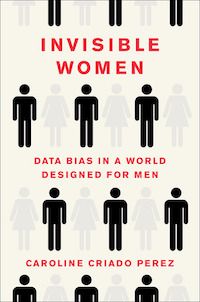
Invisible Women by Caroline Criado Perez
Did you know that women are twice as likely to die from a heart attack as men are? Or that women are a whopping 73% more likely to be injured in a car crash than men, because crash test dummies are the wrong size? Thanks to Criado Perez’s research, you’ll know those depressing statistics, and more! Beyond the physical and health implications, working conditions, government policies, urban planning, and more have all been built around men — and it’s harmful to women. This enlightening book helps illuminate those gaps — and, hopefully, a correctional path.
Empty Mansions by Bill Dedman
Hugette Clark was just like any other woman in the 20th century. She bought custom Japanese dollhouses for upwards of $80,000. She once bought an all-Stradivarius string quartet for about $2.4 million. And she had a multi-million dollar home in Connecticut that she never even put any furniture in, let alone visited. The youngest daughter of the Robber Baron of Rockefeller-esque proportions, W. A. Clark, who literally founded the city of Las Vegas, Nevada, Hugette’s vast inheritance, what she did with it, and the tense and murky legal battles it sparked, are all explored in this bizarre true story.
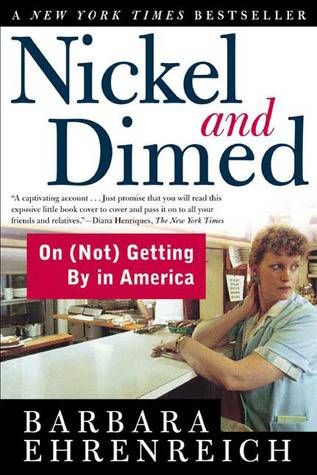
Nickel and Dimed by Barbara Ehrenreich
Written in 1998 but shockingly just as relevant today, this book exposes the underbelly of a system we all see every day, but at which few of us really want to look. When welfare reform was politically all the rage, Barbara Ehrenreich set out to see if she could make an honest living from minimum wage. Spoiler alert: she couldn’t. Her toils and observations come from a place of privilege, as ultimately she could choose to break the cycle of poverty of her own accord. Still, this book will be eerily accurate for anyone who’s worked a low-wage job, and hopefully a thought-provoking read for anyone who hasn’t.
Bullshit Jobs by David Graeber
The polar opposite of the jobs mentioned in Nickel and Dimed, you have the so-called “bullshit” jobs many people find themselves in today. An expansion of his viral 2013 essay, Graeber begs the question: why? Why are so many well-paid jobs meaningless, and why are so many of society’s most necessary jobs underpaid and under-appreciated? Graeber fails to acknowledge the role racism has in this paradox, though he does pay minimum lip service to the undervaluing of the emotional labor women bring to their jobs. Still, even with its flaws, Bullshit Jobs is a compelling argument against pointless work for work’s sake.
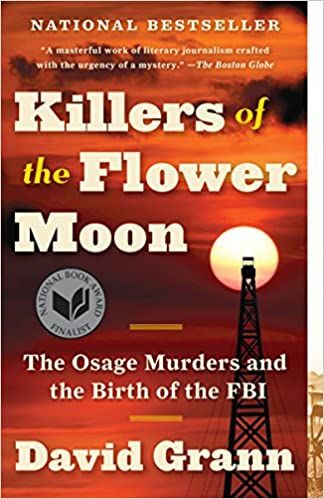
Killers of the Flower Moon by David Grann
Part true crime, part love letter to the west, part examination of the heritage of hostility against native populations, even in their success, this three-part epic is so rich it’s hard to believe it’s nonfiction. When oil was discovered on the Osage land at the tail end of the 19th century, it generated staggering wealth for the Indigenous people there. After all, as land appointed to them, they owned the rights to the oil and the profits from drilling it. But thanks to good ol’ fashioned imperialism and racism, the white people around weren’t too happy about the Osage laying claim to a fortune that eclipsed every cent made during every American gold rush in a mere ten years. What followed were a series of murders that sparked the formation of the FBI as we know it, whose legal implications still hold precedent today.
Originals by Adam Grant
What makes someone original? This question, posed by industrial psychologist Adam Grant, will have different answers than one might think. Non-conformity comes in all shapes and sizes, and has results as diverse as non-conformists themselves. By seamlessly blending empirical data and fascinating anecdotes, Grant shows how speaking out and speaking up can work. In fact, being an aggressive contrarian is perhaps the last thing one should do in the effort to be more original. From actors to athletes, dissent is a good thing in Adam Grant’s world, because it pushes us forward.
The Road to Jonestown by Jeff Guinn
The origin of the phrase “drinking the Kool-Aid” (though any true crime fanatic worth their salt will know it was actually Flavor Aid), the mass suicide at the commune at Jonestown left a cultural impact the size of a crater. But how does one go from starting a church in Indiana — one that champions desegregation and benevolent social programs — to leading an infamously dangerous cult? Jeff Guinn takes the reader from the very beginning to the bitter end in his investigation. The result is a frightening, and enlightening, look at the real people involved in Jonestown, and how they were physically, mentally, and emotionally manipulated to the point of no return.
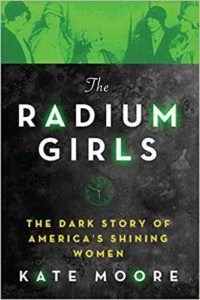
The Radium Girls by Kate Moore
Recently discovered radium was all the rage in the 1910s. A seductive, glowing blue, it was soon put in everything from toothpaste to chocolate. Luckily it wasn’t actually in those things, because when ingested, radium replaces the calcium in your bones and slowly kills you. Only, there was actual radium in the watch faces sent to soldiers in the trenches of the Great War so they would glow in the dark. And the young women who painted those watch faces would ingest a tiny bit of radium when they licked the tips of their paintbrushes to keep them small — a practice encouraged by the companies that employed them. The women — whose bodies were so radioactive they would need to be buried in coffins lined with lead — led a legal crusade against the watch companies that would change how we work.
Kate Moore’s breathtaking retelling of the women’s stories is perhaps the most personal book on the subject. Replete with testimony from the women themselves, this chapter of history provides one of the most thought-provoking books on worker’s rights, and scientific advancements.
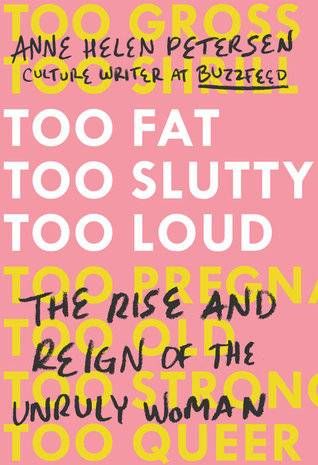
Too Fat, Too Slutty, Too Loud by Anne Helen Petersen
Laurel Thatcher Ulrich said, “Well-behaved women seldom make history.” Anne Helen Petersen put that theory to the test. With a PhD in media studies focusing on celebrity gossip, her academic approach to examining the most controversial womxn of the current era brings a fascinating eye to this topic. Though many of the subjects of this book are reduced to a single facet of their reputation or identity, Petersen’s inclusion of controversial figure Caitlyn Jenner should tell you all you need to know about how deep she jumps into this swimming pool. This book will get you thinking about how we view womxn publicly — and what that means for womxn privately.
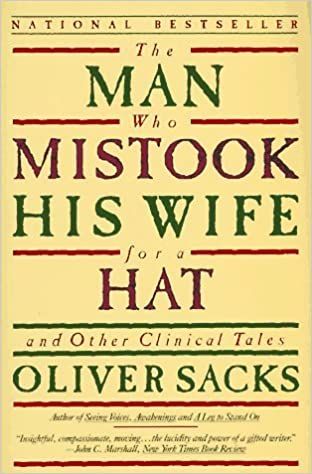
The Man Who Mistook His Wife for a Hat by Oliver Sacks
The world has changed a lot since 1970. Yet, this book by neurologist and medical historian Oliver Sacks endures. Some have called the brain “the last frontier.” Sacks’s most famous work shows how far we have come (especially concerning those with intellectual disabilities). But it also shows how far we have yet to go in unlocking the puzzles of the mind. Furthermore, it acts as a time capsule for our medical attitudes on disability and mental illness. Fascinating personal anecdotes, told by the person closest, abound in every chapter. Be warned: some language in this book is no longer considered inclusive. It is not, in my view, mean-spirited, but read at your own discretion.
The Immortal Life of Henrietta Lacks by Rebecca Skloot
Henrietta Lacks made possibly the most important contribution to modern medicine of all time. Too bad she never found out. Henrietta unwittingly provided some of the first human cells to be cultured in a lab. Later, her husband and children were similarly exploited. The advances from Lacks’s cells generated billions of dollars of revenue for the biotech industry. Yet, her descendants are left only with a secret legacy, one Skloot fought for a decade to uncover. This thought-provoking book provides an incisive look at the history of Black exploitation in medicine.
Switched on Pop by Nate Sloan and Charlie Harding
We all have that guilty pleasure song or artist. We also have that song that drives us nuts when we hear it in the grocery store. The surge in growth of what we now think of as pop music has cemented its status in modern life. Here, Sloan has written an investigation into the driving force behind pop music. No, not personality. Not sparkly outfits, or backup dancers. The music. Through the lens of musicology, Sloan and Harding entertainingly dissect the rhythm and harmony of the most successful pop songs of the past few years. Even music theory beginners will find a fascinating takeaway in one of the most thought-provoking books on popular music.
On Tyranny by Timothy Snyder
Historian specializing in fascism Timothy Snyder likely didn’t think his work would have such relevance in the 21st century United States. Yet, here we are. As textbook fascism began invading political rhetoric in a public way in 2016, Snyder did what historians do. He looked to the past. By gathering 20 examples from the 20th century, Snyder seeks to help us learn from their example. Despite its weighty subject matter, the book clocks in at under 200 pages. Neat and concise, the book gets straight to the point without belaboring it. It packs a big punch in a small package.
Caste by Isabel Wilkerson
The driver of race, class, and economic relationships in the United States today, Wilkerson argues, is a secret caste system. With eight central tenets, this system has perpetuated centuries of oppressive power structures. According to Wilkerson, the Nazis even studied it when developing their eugenics programs. Throughout this bleak messaging, Wilkerson’s powerful, lyrical writing shines. As with her other work, The Warmth of Other Suns, Caste pulls up a rock with lots of worms underneath. Yet, Wilkerson hands you warm, soft gloves to remove the worms. If you read nothing else on this list, read this book.
You can also find more suggestions for books on racism here.
Thought-Provoking Books: Memoir/Biography
Brain on Fire by Susannah Cahalan
As a young, ambitious woman, Susannah Cahalan thought she had a bad case of the flu. Until her symptoms and behavior grew stranger and stranger. The reality of what was happening to her would end up taking a path no one ever imagined. Baffling the world’s leading neurosurgeons, her road to recovery ended up opening a door to thousands of other patients receiving her same diagnosis. Part memoir, part medical text, Cahalan’s account of her ordeal is a must-read. The Netflix film based on Cahalan’s memoir isn’t a bad way to spend 2 hours either.
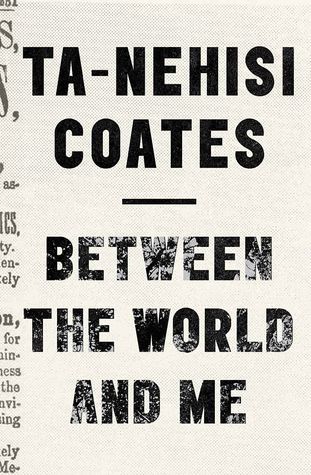
Between the World and Me by Ta-Nehisi Coates
Calling this book simply a memoir somehow feels like not enough. Reaching broadly into the past and the future, Coates smoothly synthesizes his personal experiences with the historical events and ideals that shaped them. The intimacy with which Coates writes to his son is so moving that it almost feels like an intrusion to read the book. And yet it’s so powerfully universal, so angry and hopeful and outraged and joyous it’s like eating a juicy peach. Even while the juice is running messily down your arm, you can’t stop. This is one of the most impactful, thought-provoking books on Blackness out today, if not ever published.
Hunger: A Memoir of (My) Body by Roxane Gay
As a funny, insightful, and concise writer, many of Gay’s writings could hold a spot on this list. But this book about her body and relationship to food is by far her most personal. Gay turns an unflinching eye onto her own “wildly undisciplined” body. As a queer, Black woman, Gay has more unfair expectations on her body and appearance. And yet this is not a self-hate manifesto. Neither has Gay conquered the mountain of perfect self-love. It’s intensely vulnerable, surprisingly funny, and messy. Gay explores “hunger” in all its iterations in this thought-provoking book.
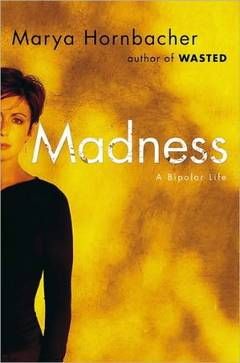
Madness by Marya Hornbacher
Marya Hornbacher was in and out of inpatient mental health treatment facilities, married and divorced, and wrote a devastating memoir about her struggle with an eating disorder, all before she was finally diagnosed with bipolar disorder. This thought-provoking memoir is a look at the innermost machinations of her brain. The pacing sometimes blazes along, and sometimes moves with calm detachment. Hornbacher is clearly incapable of maintaining objectivity about her disorder in her writing — but that’s a good thing. Bipolar disorder is still criminally misunderstood and under-diagnosed. Promoting true understanding of bipolar disorder is a crucial step to wider acceptance and better treatment, and Madness takes a big step.
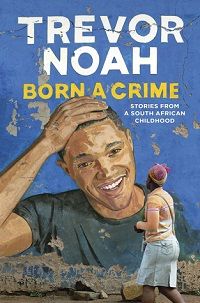
Born a Crime by Trevor Noah
Born the son of a white man and a Xhosa woman in the era of Apartheid in South Africa, Trevor Noah was literally born a crime. Though far too many books these days are called, “inspiring,” Noah’s journey from the son of working-class parents to the host of one of the most-watched television shows in the world is almost outlandish in its improbability. Though he grew up in South Africa, Noah’s experiences are sadly relevant in the modern-day United States. Noah has mastered comedic timing on the airwaves, and his book is laced with the perfect amount of humor, vulnerability, and strength.
Thought-Provoking Books: Fiction
The Vanishing Half by Brit Bennett
The Vanishing Half is what happens when you take a fascinating question and follow it. Identical twins Stella and Desiree Vignes leave their small Louisiana town at 16, desperate to make their own lives. When one twin uses her light skin to her advantage and passes as white, their lives diverge drastically. Somehow, their polar-opposite daughters end up crossing paths in Southern California decades later, bringing their family drama to a head. Startlingly real characters inhabit this narrative. Though it ends with more of an unraveling than a conclusion, you won’t be able to stop thinking about this perplexing, thought-provoking book.
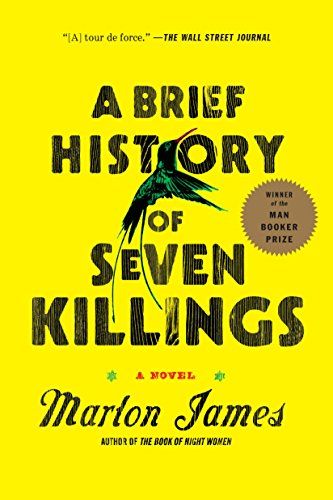
A Brief History of Seven Killings by Marlon James
In 1976, gunmen stormed the home of reggae giant Bob Marley and attempted to kill him. Therein lies the end of the nonfiction portion of this book. Peppered with ghosts, drug users, grandmothers, and newspapermen, this book lives just close enough to liminal space to make you feel haunted. Spanning decades and thousands of miles, this grand tale starts with Bob Marley and spins out wildly. A thought-provoking book, both for its exploration of a social underbelly and the lush writing, A Brief History of Seven Killings is equally rich and unputdownable.
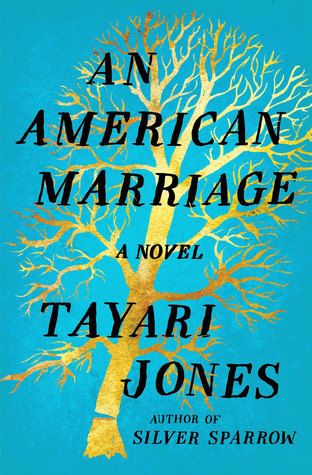
An American Marriage by Tayari Jones
An American Marriage answers one of the scariest “what if” questions. What if a man is falsely accused, convicted, and imprisoned for a rape he did not commit? Then what if, just as suddenly, he is released? What happens to his marriage and family? The answer is just as sad and messy as one might assume. And yet, the book is peppered with moments of levity and flashes of joy. Despite its lack of happy decisions, you find yourself rooting for each character. Somehow, though all parties are inexorably changed, you get the feeling they have new tools to help them carry on.
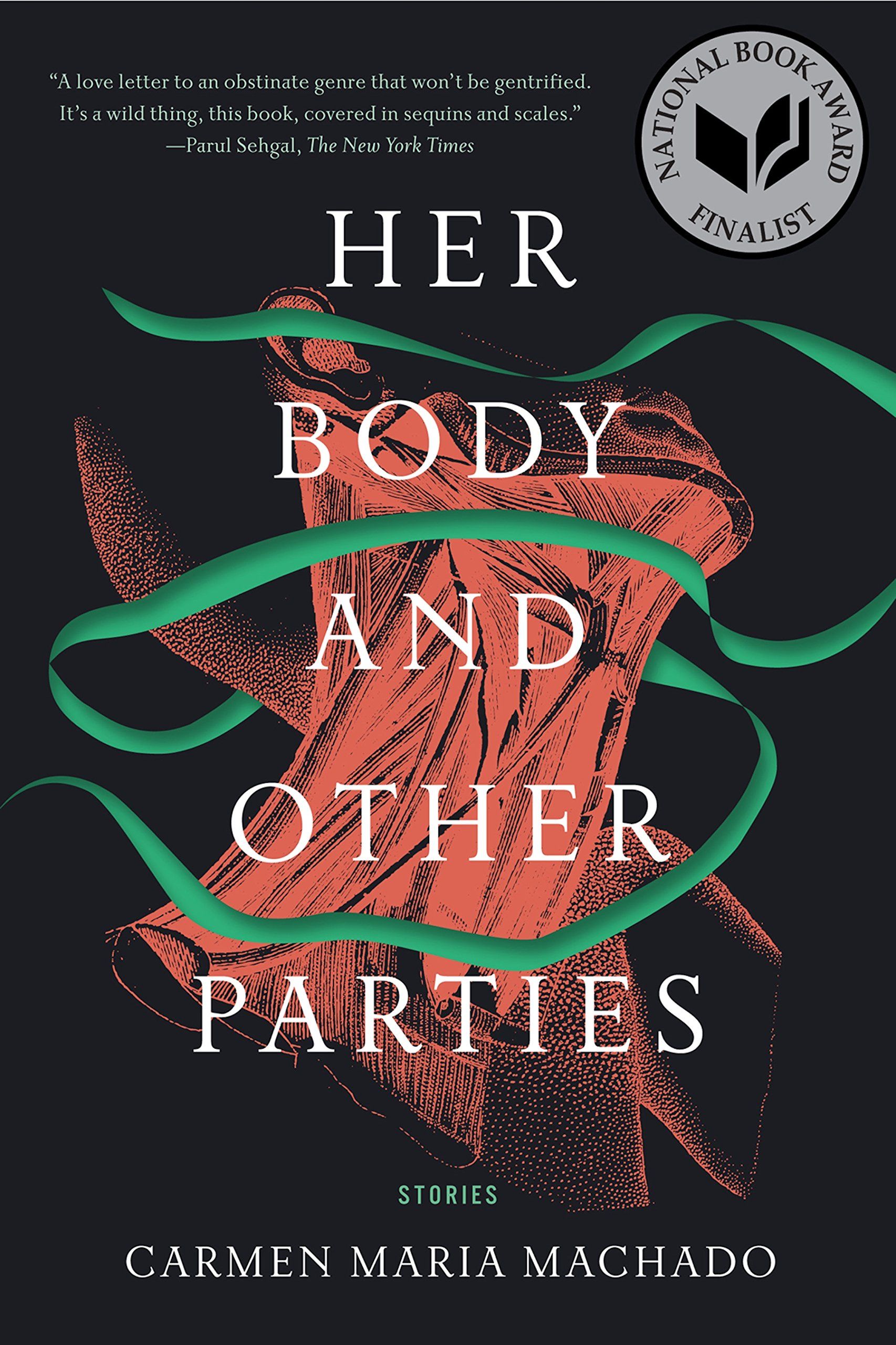
Her Body and Other Parties by Carmen Maria Machado
In this deliciously scary collection, Machado transforms classic campfire ghost stories into campy feminist allegories. Her use of first person limited voice presses the reimagined stories closer into the reader’s psyche. It’s so deeply written, it’s hard to remember this is Machado’s debut. The imagery swings heartily into dark and silly alike, all of it at home in Machado’s steady prose. One of the most thought provoking books of essays, it feels raw, yet Alice-through-the-looking-glass bizarre. Read it at night under the covers with a flashlight — if you dare.
You can find other thought-provoking books of horror here.
My Year of Rest and Relaxation by Ottessa Moshfegh
My Year of Rest and Relaxation really hits differently in the aftermath of the pandemic, when we were all trapped at home in a semi-anxious stupor. Despite the protagonist having all the trappings of a perfect, privileged life, all she wants to do is hide from it all. And with the help of a truly staggering cocktail of prescription medications and her vacuous best friend, she does just that. Sadistic humor whips through this ode to the bleak. Every character in this book is intensely dislikable; you yearn for just one person to make a responsible choice or say something kind. Perhaps that’s how it strikes to the heart. When a protagonist has “everything,” why is she so unhappy with her life?
Many of these books contain controversial views or opinions. Many of the questions posed may not ever come up in your day-to-day life (how likely are you to be the hospice nurse for an eccentric widow who leaves you tens of millions of dollars?). But that’s what makes them thought-provoking books. The ones that touch all of us have skillfully tackled the wild, wonderful, wearying and wacky in such a way that they never leave.



